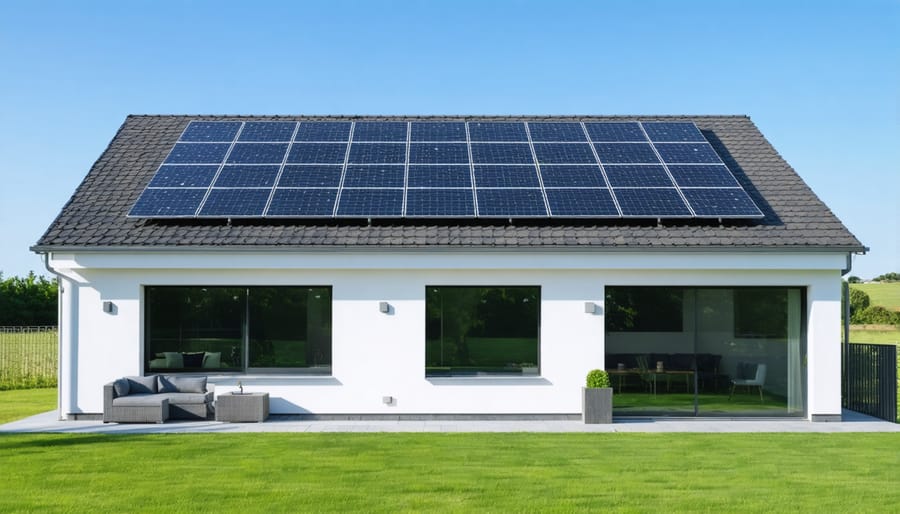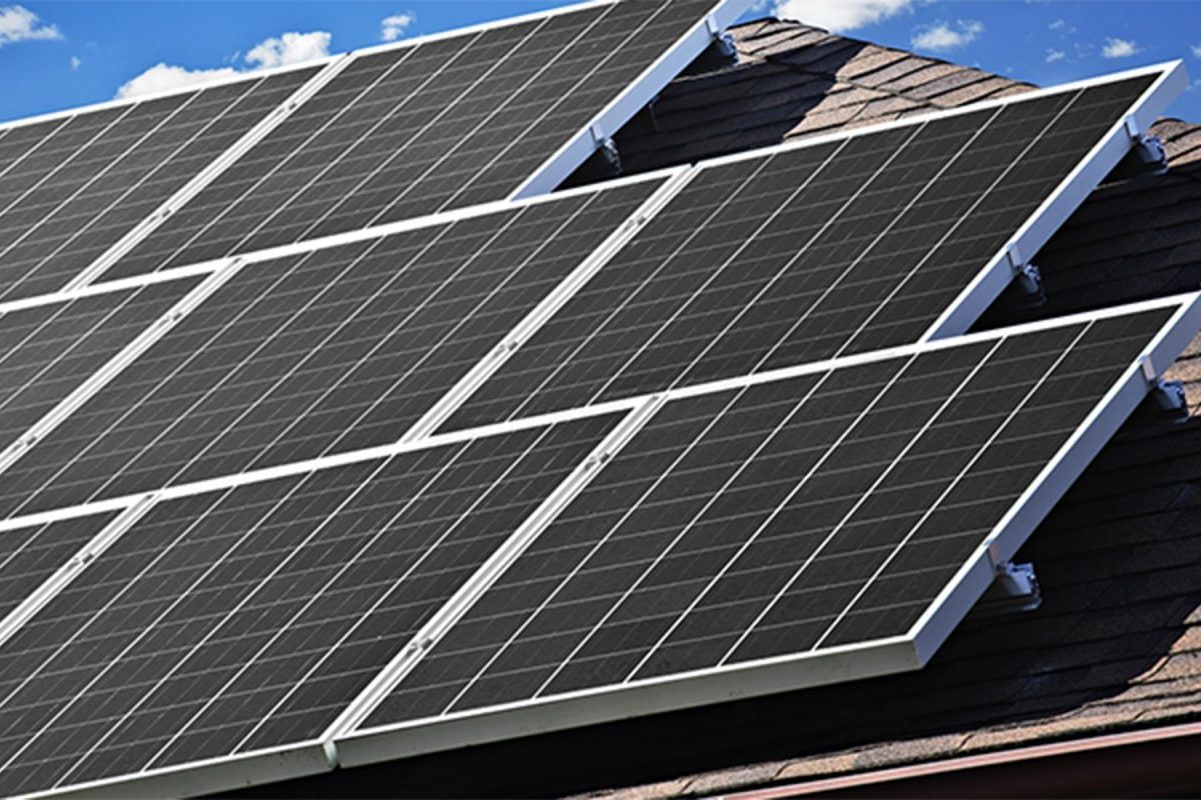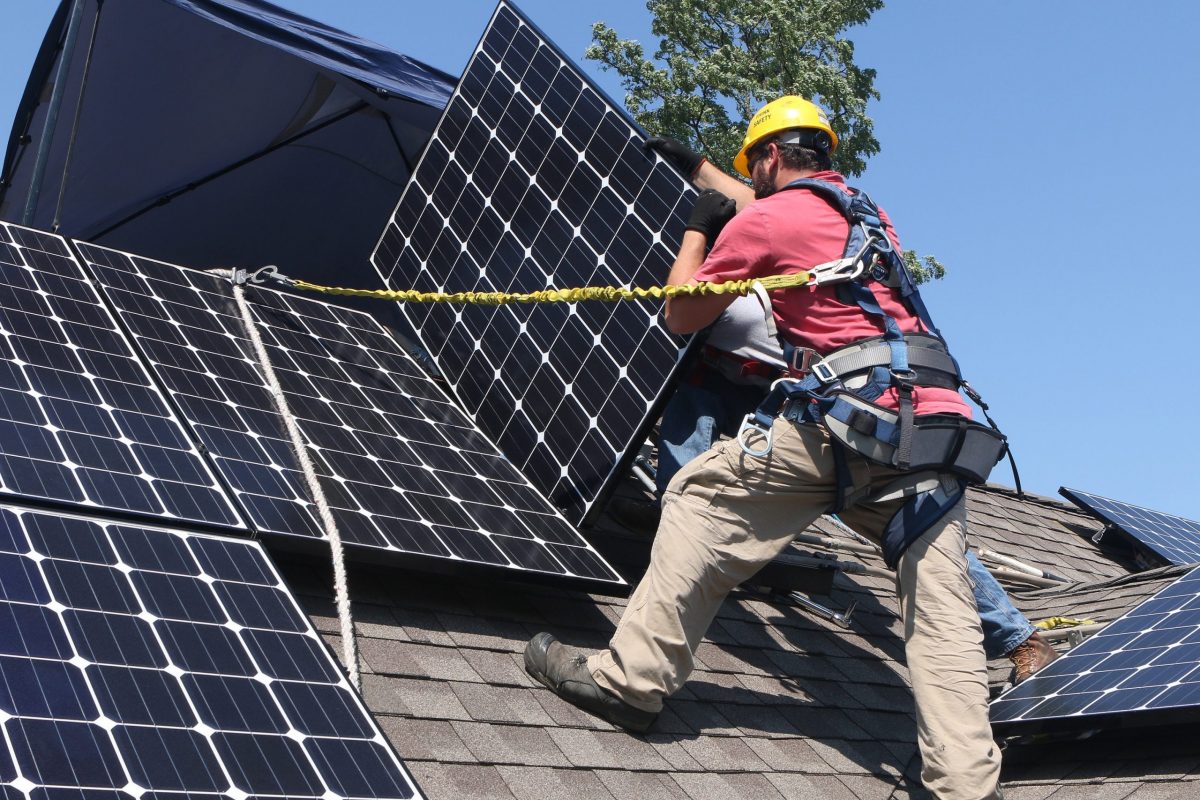America’s home battery storage capacity has surged to record levels, revolutionizing how households manage their energy needs. With utility-scale battery installations exceeding 10 gigawatts nationwide – enough to power 1.5 million homes – homeowners now have unprecedented opportunities to achieve energy independence. This dramatic expansion reflects a broader shift toward sustainable energy solutions, driven by falling technology costs and increasing grid reliability concerns. For homeowners, this evolution means more affordable and accessible energy storage options, creating a practical path to reduced utility bills and enhanced energy security. As extreme weather events become more common and electricity rates continue to rise, battery storage systems have evolved from a luxury to a strategic investment for forward-thinking households.
Current U.S. Battery Storage Capacity: A Homeowner’s Perspective
Recent Growth and Trends
The U.S. battery storage capacity has seen remarkable growth in recent years, with installations reaching new heights across both utility and residential sectors. In 2022, the nation’s total battery storage capacity surpassed 9 gigawatts (GW), marking a stunning 300% increase from 2020 levels. This growth shows no signs of slowing, with experts projecting capacity to reach 30 GW by 2025.
California leads the charge, accounting for roughly 40% of the country’s total storage capacity. However, other states like Texas, New York, and Florida are quickly ramping up their storage installations, particularly as more homeowners pair batteries with solar panels.
The residential sector has been particularly dynamic, with home battery installations doubling year-over-year since 2020. This surge is largely driven by homeowners seeking energy independence and protection from power outages. The average home battery system now stores between 10-15 kilowatt-hours (kWh), enough to power essential appliances for 24-48 hours during outages.
Falling prices have played a crucial role in this expansion, with battery costs dropping by roughly 60% over the past five years, making energy storage increasingly accessible to average homeowners.
Regional Distribution
The distribution of battery storage capacity across the United States shows significant regional variations, with California leading the way at nearly 40% of total national capacity. The West Coast has emerged as a powerhouse in energy storage, thanks to its ambitious renewable energy goals and supportive state policies.
Following California, Texas and Arizona have also made substantial investments in battery storage systems. These states benefit from abundant solar resources and growing demand for reliable backup power. The Northeast region, particularly New York and Massachusetts, has been rapidly expanding its storage capacity to enhance grid resilience and support their clean energy transitions.
Florida and Hawaii represent unique cases, with their storage deployments driven by different factors. Florida’s focus stems from hurricane preparedness and grid reliability, while Hawaii’s isolated location makes energy independence crucial. The Midwest, though currently with lower storage capacity, is seeing increased adoption as more homeowners pair batteries with solar installations.
Interestingly, states with extreme weather conditions or higher electricity rates tend to show faster growth in residential battery installations, as homeowners seek reliable backup power and energy cost savings.


Home Battery Storage Benefits
Energy Bill Reduction
Battery storage systems can significantly reduce your monthly energy bills through several smart strategies. By storing excess energy during off-peak hours when electricity rates are lower, you can use this stored power during peak times when rates are highest, typically during evening hours. This practice, known as peak shaving, can lead to substantial savings on your utility bills.
For homes with solar panels, battery storage becomes even more valuable. Instead of selling excess solar power back to the grid at low rates during the day, you can store it for use during evening hours when you would otherwise be buying expensive grid power. Many homeowners report saving 30-60% on their monthly energy bills after installing battery storage systems.
Time-of-use rate plans become particularly advantageous with battery storage. These plans offer lower rates during off-peak hours, allowing you to charge your batteries when electricity is cheapest and use stored power when rates are highest. Additionally, some utility companies offer incentives and rebates for installing battery storage systems, further improving your return on investment.
Beyond regular savings, battery storage provides financial protection against power outages by eliminating the need for costly backup generators and preventing food spoilage or business interruption. As electricity rates continue to rise, the financial benefits of battery storage become increasingly attractive for homeowners seeking long-term energy cost stability.
Power Outage Protection
Battery storage systems have become an essential component of home energy security, offering reliable backup power during outages and peace of mind for homeowners. Modern battery systems can keep essential appliances running for hours or even days, depending on their capacity and your energy usage patterns.
When the grid goes down, a properly sized battery system automatically kicks in, providing seamless power transition to keep your lights on, refrigerator running, and essential medical equipment operating. This capability is particularly valuable in areas prone to severe weather events or regions with aging power infrastructure.
Most home battery systems can power critical loads for 12-24 hours on a single charge. By pairing your battery storage with solar panels, you can extend this protection indefinitely, as your batteries recharge during daylight hours. This combination creates a reliable, sustainable power solution that works independently of the grid.
Smart battery systems also help protect sensitive electronics from power surges and voltage fluctuations, which can damage expensive equipment. Many systems include monitoring apps that let you track your power consumption and battery status in real-time, giving you complete control over your home’s energy management.
For maximum protection, consider a multi-battery setup that can handle your entire home’s power needs. While the initial investment might seem significant, the long-term benefits of energy independence and protection from outages make it a worthwhile consideration for many homeowners.
Integration with Solar Systems

Solar + Storage Synergy
The combination of solar panels and battery storage creates a powerful synergy that maximizes the benefits of renewable energy for homeowners. Through effective solar and battery integration, you can store excess energy generated during sunny days for use during nighttime or cloudy periods, significantly reducing reliance on the grid.
This dynamic duo offers multiple advantages: you’ll maintain power during outages, potentially eliminate monthly electric bills, and contribute to a cleaner environment. Battery storage systems smooth out the intermittent nature of solar power, ensuring a consistent energy supply throughout the day. They also help you avoid peak utility rates by drawing from stored energy when grid prices are highest.
Modern battery systems are smart enough to automatically optimize energy usage, charging when solar production is high and discharging when needed most. This intelligent energy management not only increases your home’s energy independence but also protects against future utility rate increases. As an added benefit, many utility companies offer incentives for homes with combined solar and storage systems, making the initial investment more attractive.
Smart Energy Management
Smart home energy management systems are revolutionizing how we use and store power from battery systems. These intelligent platforms monitor your energy consumption patterns and automatically adjust power usage to maximize efficiency. By analyzing factors like peak usage times, weather forecasts, and electricity rates, these systems can determine the best times to charge batteries and when to use stored energy.
Many systems now include user-friendly smartphone apps that let you track energy usage in real-time and make manual adjustments from anywhere. Features like automated load shifting help reduce strain on the grid during peak hours while saving you money. The systems can also integrate with smart thermostats and appliances to optimize energy consumption throughout your home.
For homes with solar panels, smart management systems can prioritize using solar power when it’s available, storing excess energy in batteries, and only drawing from the grid when necessary. This intelligent orchestration of energy resources typically reduces electricity bills by 20-30% while ensuring you have reliable backup power when needed.
Future Growth Projections
The future of battery storage in the United States looks incredibly promising, with experts projecting substantial growth over the next decade. Industry analysts forecast that U.S. battery storage capacity will expand from its current level to reach approximately 125 gigawatts by 2030 – that’s enough to power roughly 37 million homes.
This remarkable growth is being driven by several key factors. First, the continuing decrease in battery costs makes storage systems more affordable for both utilities and homeowners. Prices are expected to fall by another 40-60% by 2030, making battery storage an increasingly attractive option for energy management.
Federal and state incentives are also playing a crucial role in accelerating adoption. The Inflation Reduction Act’s extension of tax credits for battery storage systems, combined with state-level programs, is making it easier for homeowners to invest in this technology.
The integration of renewable energy sources, particularly solar power, is another major driver. As more households install solar panels, the demand for battery storage solutions continues to rise. This trend is expected to accelerate as more homeowners seek energy independence and protection from power outages.
Utility companies are also making significant investments in large-scale battery storage facilities. These investments are expected to improve grid reliability and help manage peak demand more effectively, potentially leading to more stable energy prices for consumers.
For homeowners considering battery storage, this projected growth means more options, better technology, and increasingly competitive prices in the coming years. It also suggests that investing in battery storage now could position you ahead of a growing trend in home energy management.
The remarkable growth in U.S. battery storage capacity represents a transformative shift in how we power our homes and communities. As storage technology becomes more affordable and efficient, homeowners have unprecedented opportunities to take control of their energy future. By investing in battery storage systems, particularly when paired with solar panels, you can reduce your reliance on the grid, lower your energy bills, and contribute to a more sustainable future. The time to act is now – with federal incentives, improving technology, and increasing grid demands, battery storage solutions offer both immediate and long-term benefits for homeowners. Whether you’re looking to achieve energy independence, protect against power outages, or simply reduce your carbon footprint, battery storage technology has evolved to meet your needs effectively and affordably.









